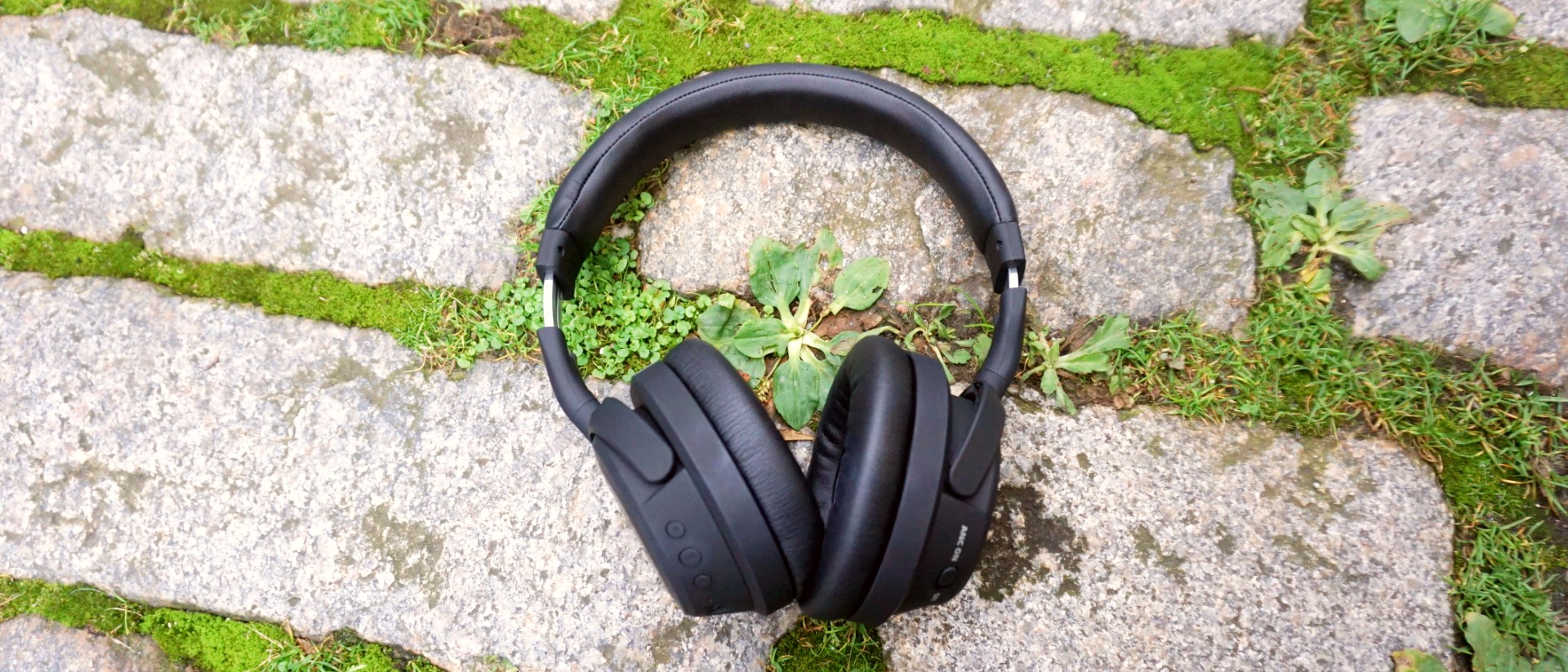TechRadar Verdict
These over-ear headphones are very cheap and offer good wireless connectivity; however, the sound quality leaves a lot to be desired, and the noise cancellation is poor. So unless, you’re looking for a pair of cheap backup headphones, we’d advise looking elsewhere.
Pros
- +
Budget-friendly
- +
Good connectivity
Cons
- -
Harsh trebles
- -
Poor noise cancellation
- -
Cheap-feeling build
Why you can trust TechRadar
Noise-cancelling headphones have become a modern essential, allowing us to block out the world around us and enjoy our favorite songs in peace. Unfortunately, the best noise-cancelling headphones often come at a high price, routinely costing well over £200.
That’s where the Goji Collection Pro Wireless Headphones come in. Exclusive to Currys, these super-cheap cans are designed for those who want the convenience of wireless connectivity and noise cancellation on a budget.
But is it really worth buying noise-cancelling headphones on the cheap? In the case of these headphones, we think you’d be better off sticking to a pair of really good earbuds for the same price, or spending a little more on your new cans.
Price and availability
The Goji Collection Pro Wireless Headphones are available to buy from Currys for £69.99 – although they’re currently reduced by £20 in the Currys Black Friday sale, bringing that price down to £49.99.
For comparison, our top noise-cancelling headphones, the Sony WH-1000XM3 cost £300, so they’re significantly cheaper than much of the competition.
That’s not to say that you can’t buy noise-cancelling headphones for less than £100; the Anker Soundcore Life 2 also cost £69.99 (although we haven’t reviewed this model), while the Audio-Technica ATH-SR30BT cost £99, and boast a staggering 70-hour battery life.
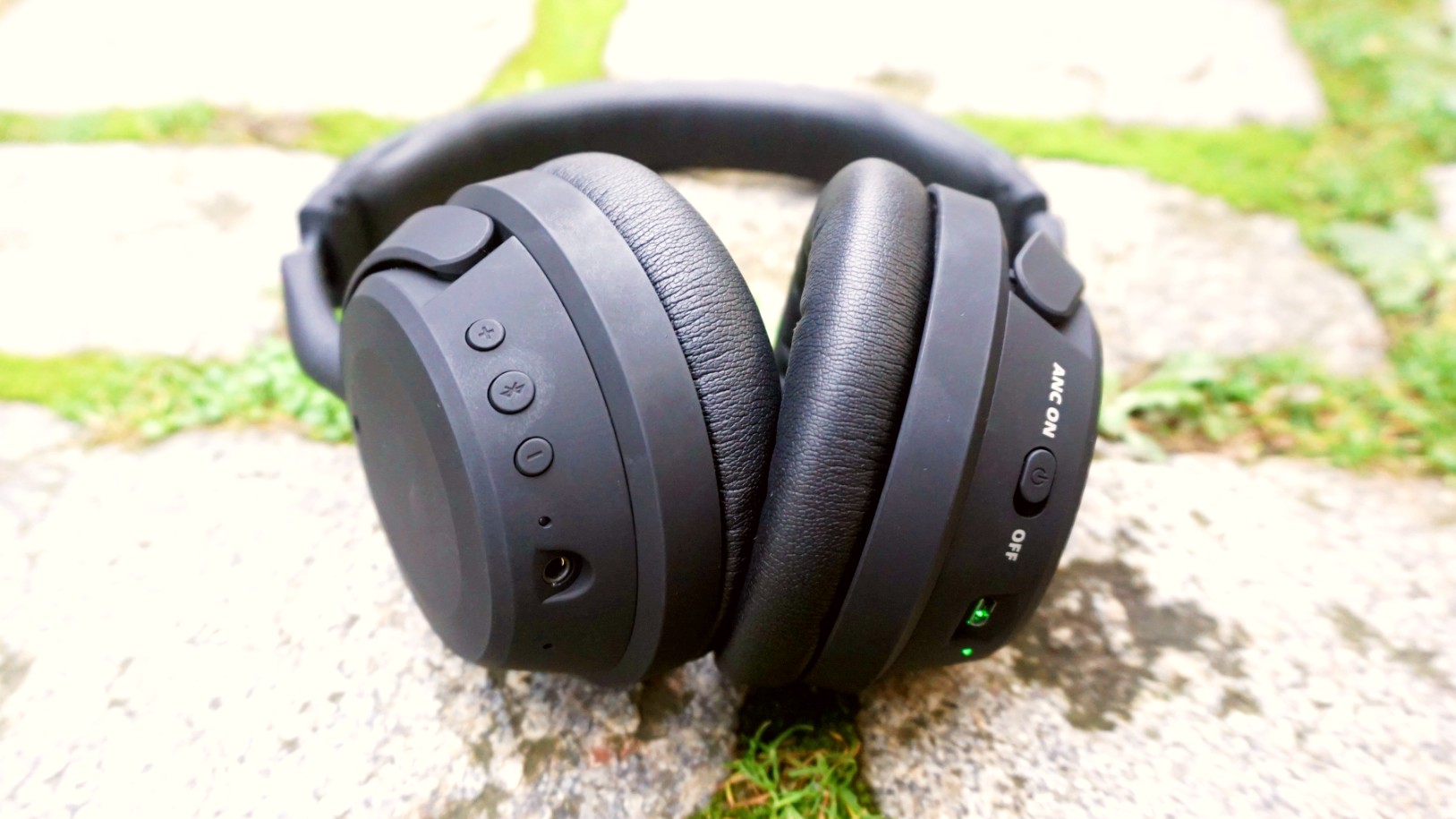
Design
The design of the Goji Collection Pro Wireless Headphones is nothing to write home about; they look like your basic pair of over-ear headphones, with padded earcups and a matte-black finish that looks more expensive than the shiny plastic you might expect from a cheap pair of headphones.
Thanks to metal sliders, the headband is adjustable while the earcups can be rotated so you can wear them comfortably around your neck while not in use. Generally, the construction feels quite cheap, and the earcups aren’t as mobile as the hinges might suggest.
The earcups themselves are rather large – we found that they covered a portion of our jaw rather than just sitting over our ears, which wasn’t particularly comfortable. They could also be more padded to take the pressure off of your ears, but we didn’t experience any clamping, and they definitely aren’t the worst offenders in terms of comfort levels.
On the left housing you’ll find volume buttons and a pairing button – below these, there’s a small LED, which flashes to indicate Bluetooth connectivity. There’s also a 3.5mm headphone jack should you wish to listen with a wired connection.
On the right housing is where you’ll find a micro-USB charging port and a slider to turn the active noise cancellation on and off; when on, a small LED below the charging port lights up.
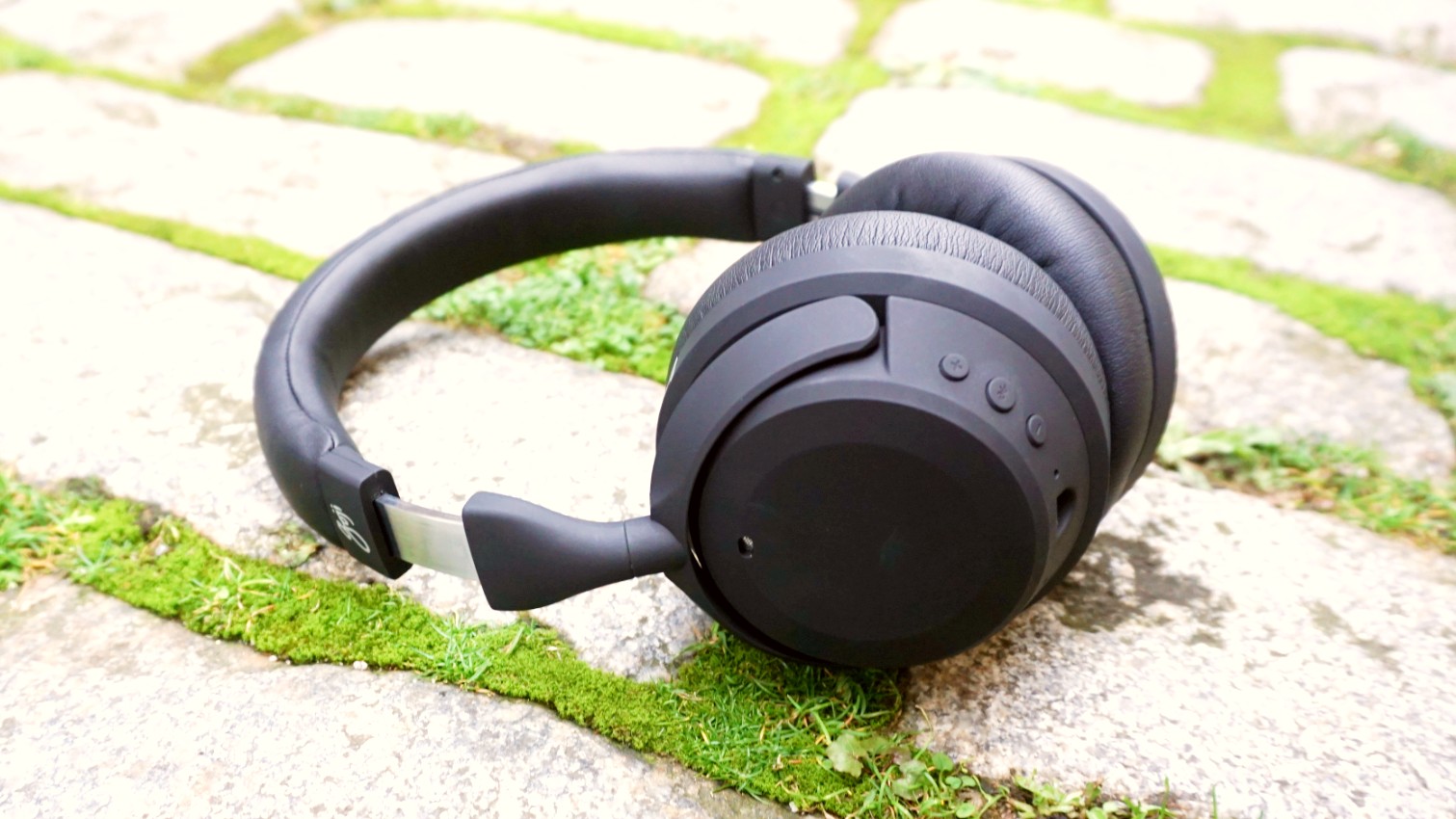
Features and battery life
Unless you have music playing, the noise-cancelling technology will do very little to block out environmental sounds; when we tested these headphones in an office, we were able to hear every word of our colleagues’ conversations, as well as the sound of our own typing on a keyboard.
If you have your music on you shouldn’t be able to hear too much of your surroundings, but neither the active nor passive noise cancellation is truly up to scratch.
Battery life is average at 16 hours – it’ll get you through a week’s worth of commuting, but pricier models can offer far more.
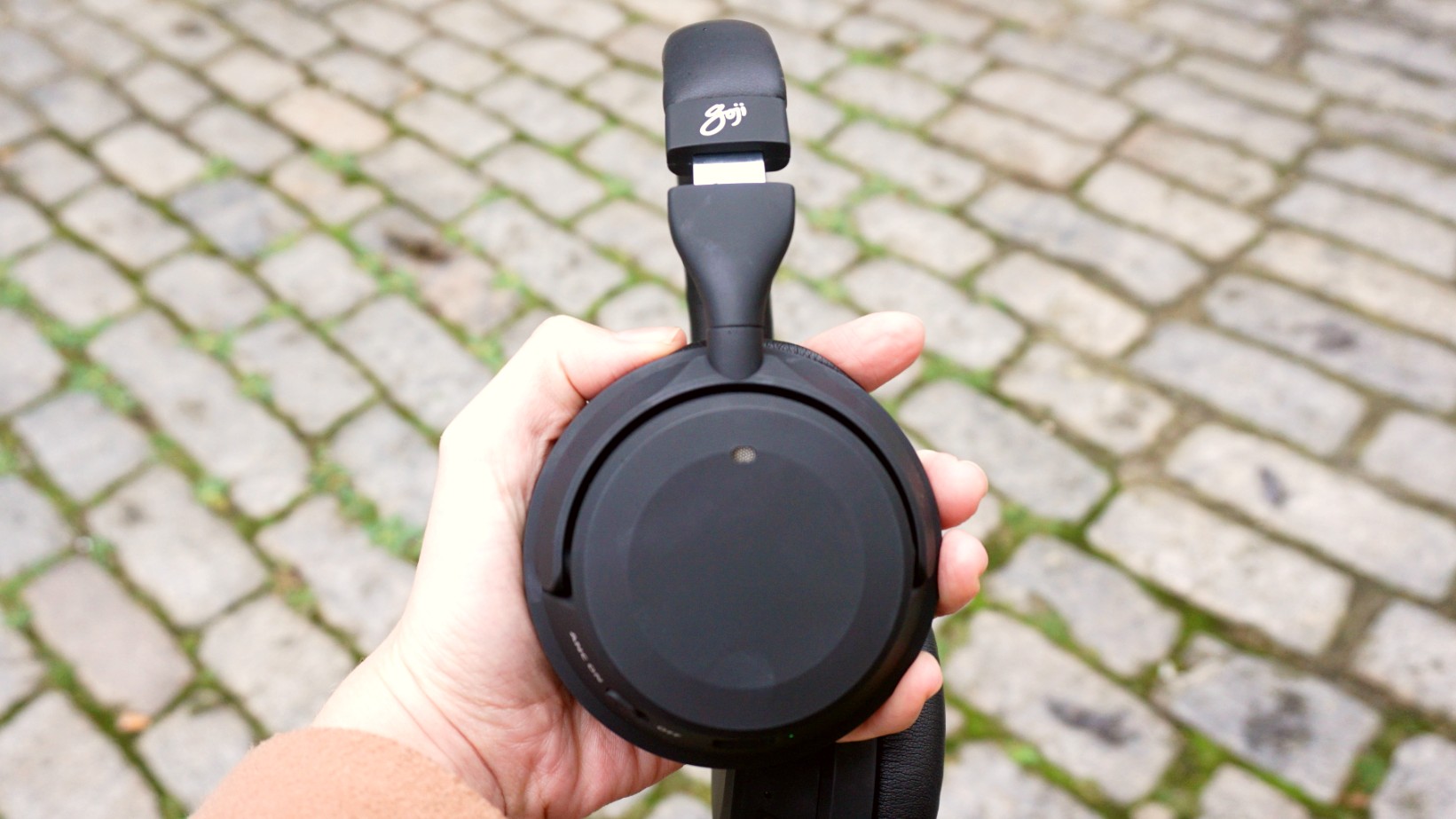
Sound performance
As predicted, the sound quality of the Goji Collection Pro Wireless Headphones isn’t great – it’s passable though, and if you’re upgrading from a pair of bargain basement earphones, you’ll probably find that the over-ear design of these headphones are a vast improvement.
Listening to The Zombies’ Time of The Season, we immediately noticed how harsh the treble frequencies were; in fact, the syncopated guitar chords and extended organ solo were quite uncomfortable to listen to.
The vocals fared slightly better though, even if there was a slightly tinny quality in the higher harmonies. While the bass lines sounded tight and well-controlled, we found ourselves craving a bit more punch in the lower frequencies.
That being said, the sub bass drones in Bjork’s Hyperballad sounded suitably powerful, if lacking a bit of warmth. The strings were really disappointing - they should absolutely soar above the mix, in rich, luscious harmony. Instead they sounded weak, a little like a fly buzzing around your head.
It’s the same story with The Beach Boys’ Wouldn’t It Be Nice, where there was a richness missing from those beautiful vocal harmonies.
Despite this, the soundstage isn’t as closed off as you might expect from cheap headphones; you won’t get the same level of detail as you would from premium models, but there’s an immersive quality to the audio that belies their budget price.
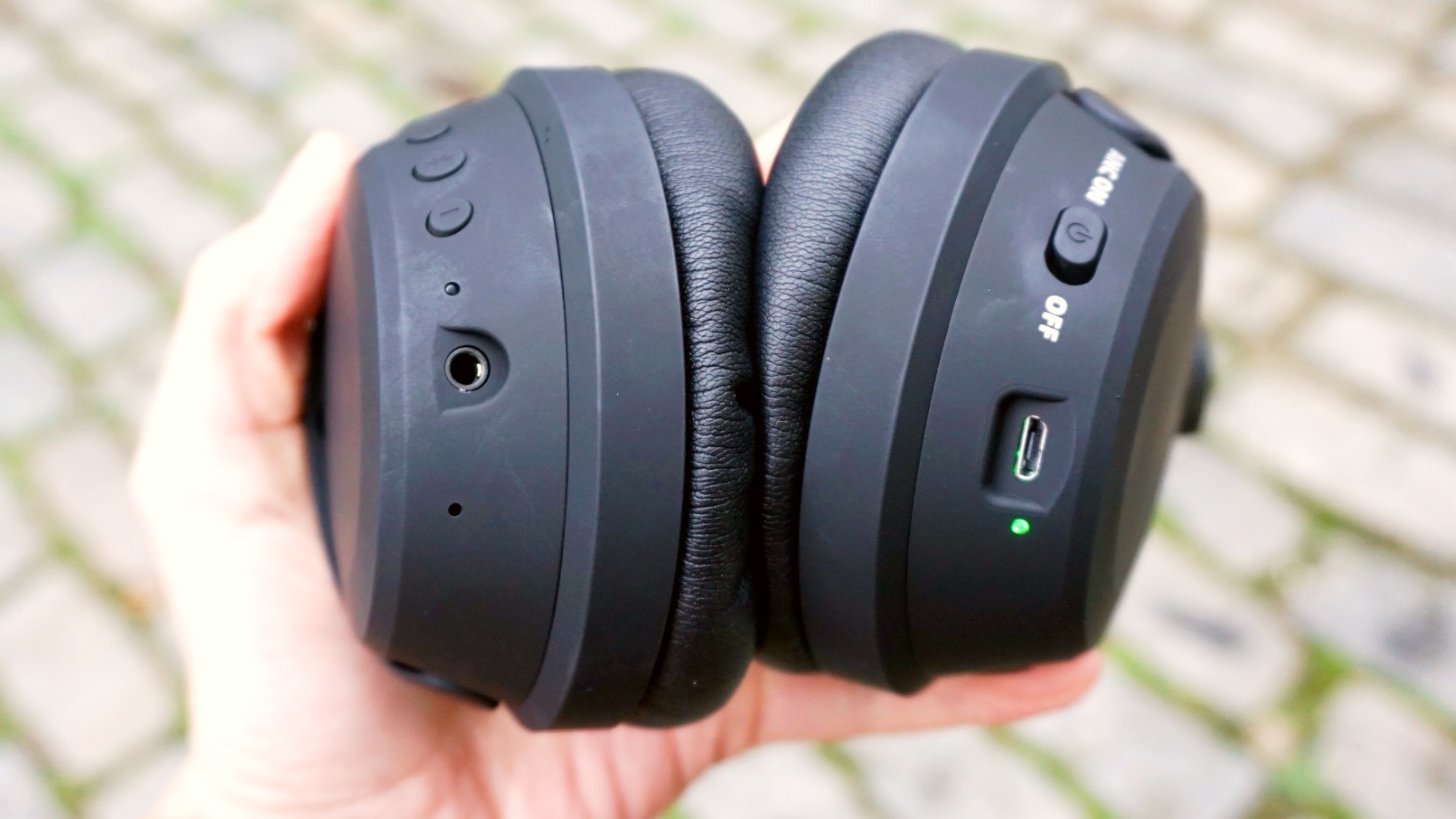
Final verdict
With a decent battery life and wireless connectivity, the Goji Collection Pro Wireless Headphones aren’t bad for their super-low price – but we’d be lying if we said that they’re the best headphones you can buy for this price.
They may come with noise cancellation, but it doesn’t work particularly well, and the sound quality is passable at best.
As a brand with a longer sonic heritage, we’d recommend checking out Audio-Technica’s ATH-SR30BT – or if you’re not married to the idea of wireless over-ears, we’d recommend trying the 1MORE Triple Driver In-Ear Headphones. At the same price, the sound quality is much better, with a premium-feeling build and design.
- Want to cut the wire? Check out the best true wireless earbuds
Olivia was previously TechRadar's Senior Editor - Home Entertainment, covering everything from headphones to TVs. Based in London, she's a popular music graduate who worked in the music industry before finding her calling in journalism. She's previously been interviewed on BBC Radio 5 Live on the subject of multi-room audio, chaired panel discussions on diversity in music festival lineups, and her bylines include T3, Stereoboard, What to Watch, Top Ten Reviews, Creative Bloq, and Croco Magazine. Olivia now has a career in PR.
